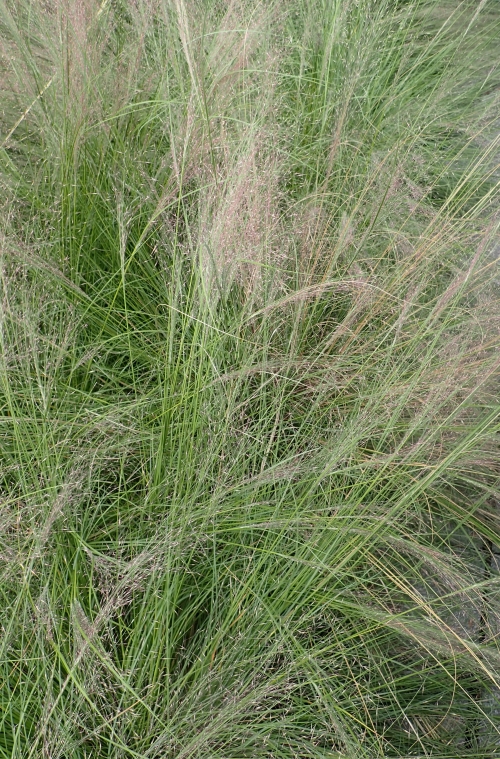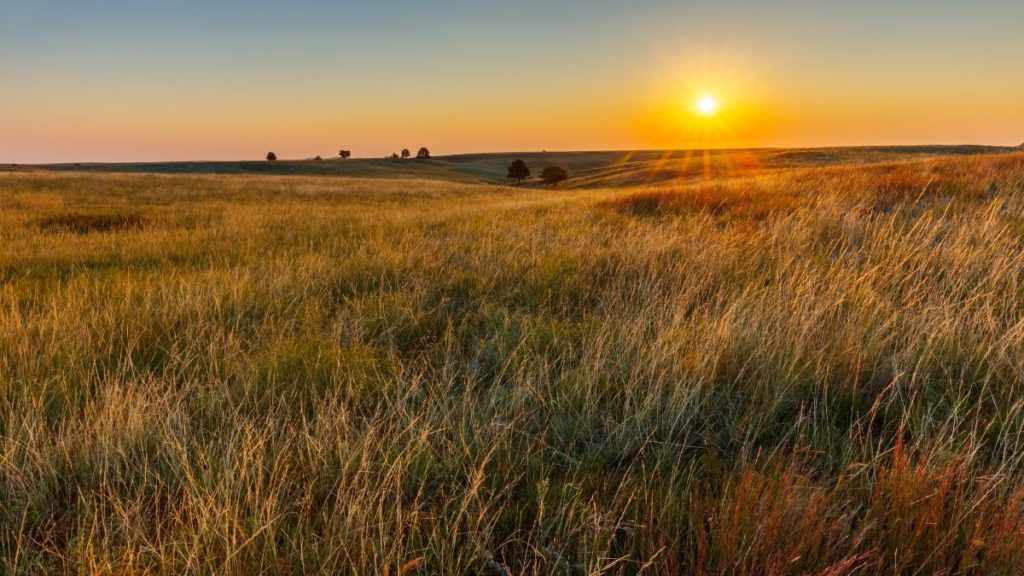
The Great Plains and Prairies are synonymous to tall grasses.
We vision large sweeps of tall waving plants and herds of Bison roaming the lands. Sod houses and much more. Sadly, we have lost much of our Plains and Prairies to agriculture and other habitat destruction. You can help build a Little prairie or Wildlife habitat by planting some natives in your gardens and fields.
Natives of the Prairies and Great Plains offer food and protection for wildlife that introduced species cannot offer. From “Andropogon” to “Sparabolus”, native grasses are right for you. I can’t describe every grass here, nor can I show pictures, but you will get the idea on what of our beautiful native habitats have to offer.
Andropogon gerardii (Blue stem, Turkey grass)
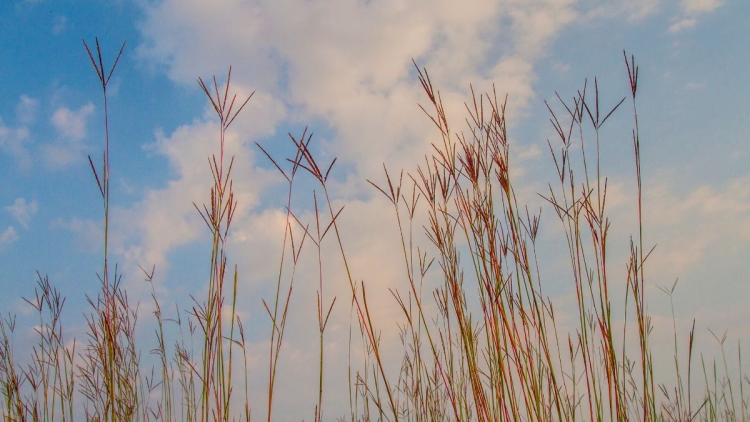
Grows on moist and dry soils, in prairies and open woods throughout much of the United States and Canada. Referred to as the Monarch of the prairie grasses, but grows throughout much of the Northeast as well.
- The tallest North American member of the genus, it grows 5 to 8 feet (1.5-2.4m).
- Upright and strictly clumping, the blue-green foliage of summer turns to a rich orange and copper-red in autumn.
- Flowers or blooms appear in late August or early September vaguely resembling an upside down turkey foot.
- Blue stem can offer a dramatic display in your gardens no matter what.
- Great for wildlife.
- A long lived grass hardy to Zone 3.
Andropogon virginicus (Beard grass, broom sedge)
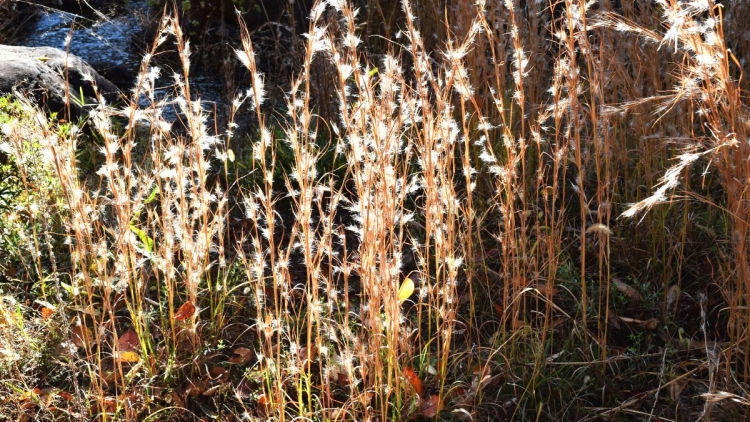
Native to much of North America, in open fields in various soil conditions.
- Strictly upright and clump forming, It grows to 4 feet (1.2m) tall.
- Turns bright orange in the fall and requires full sun.
- Hardy to zone 3.
Aristida purpurea (Purple three-awn)
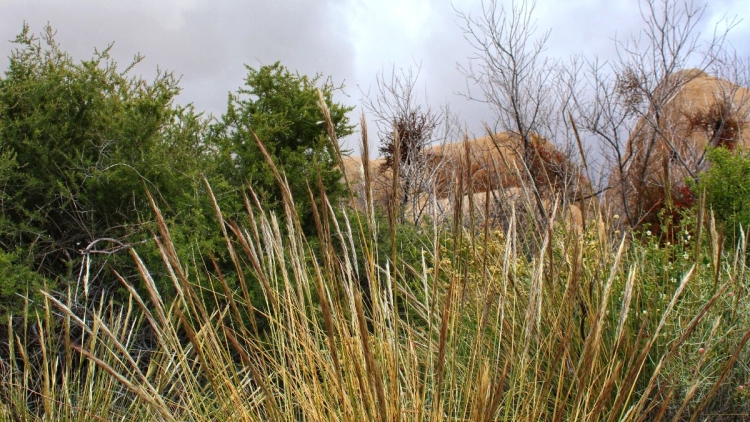
Native to dry areas across North American prairies and Great Plains.
- Foliage is green to glaucous-blue growing erect to 2.5 feet (80 cm) tall.
- Flowers are tinted red to purple and small groupings can make a statement.
- Hardy to Zone 6.
Bouteloua curtipendula (Side-oats grama)

Common throughout much of North America, the common name refers to the oat like spikelets.
- This cool season plant begins to bloom in June and July. Fall colors are a bronze-purple.
- Growing to 3 feet (1 m) tall it is most effective in mass plantings.
- Hardy to Zone 4.
Buchloe dactyloides (Buffalo grass)
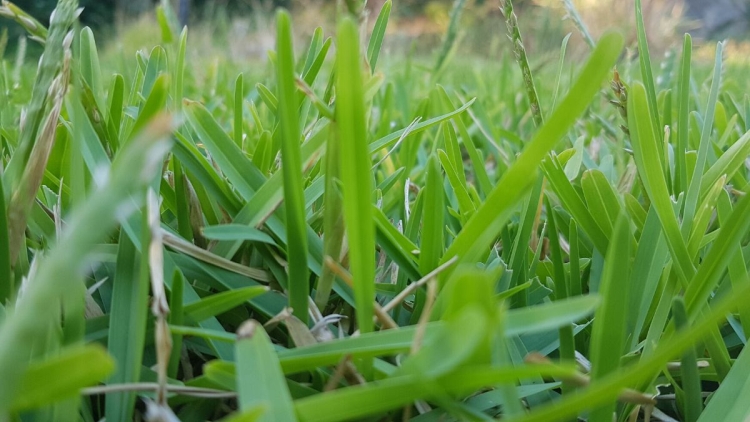
A strongly stoloniferous warm-season grower.
- Naturally drought tolerant and only 4to 8 inches 910-20 cm) tall.
- A blue-green color in warmer seasons, turning golden brown in winter dormancy.
- Used as for lawns and in open fields.
- Hardy to zone 4.
Elymus canadensis (Canada wild rye)
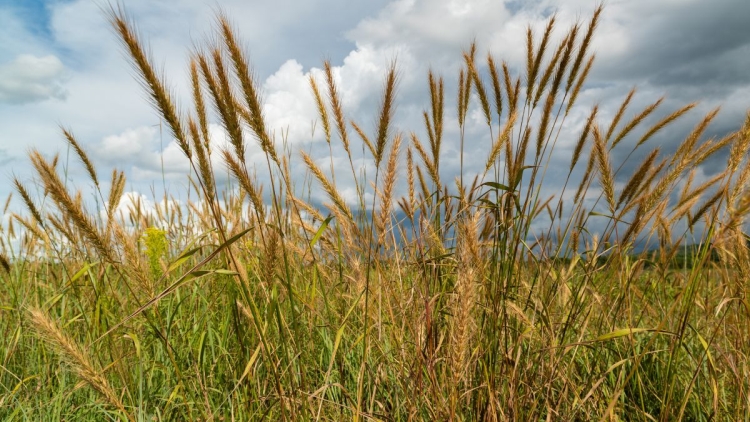
Native to prairies, open grounds, riverbanks and often dry sandy soil.
- A clump forming 3 to 6 feet (1-2 m) tall that flowers in late summer.
- This warm season grower in reminiscent to cultivated rye.
- Currently used in prairie restoration projects, but can be used in your corner of the world for wildlife food and protection.
- Hardy to Zone 3.
Elymus glaucus (Blue wild rye)
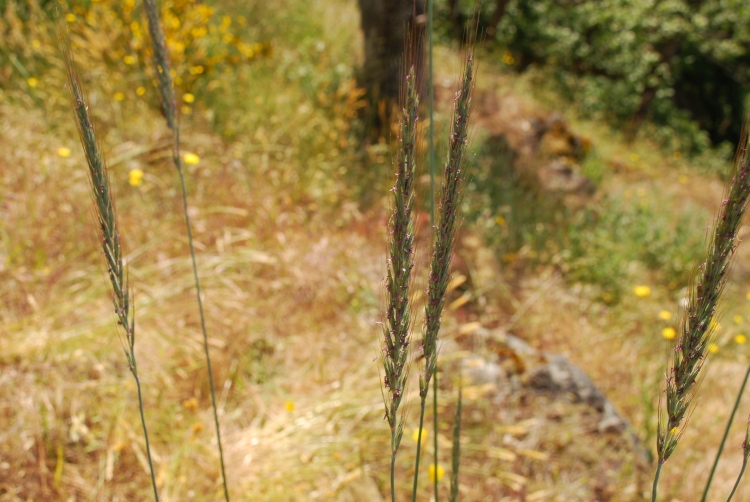
- Similar to E. canadensis, but foliage is more of a glaucous-blue.
- Hard to zone 5.
Eragrostis spectabilis (Purple lovegrass)

Native to sandy soils throughout much of North America.
- A warm season grower, in late August and September this plant produces volumes of fine textured blooms that appear reddish-purple, but the foliage can grow a bit messy.
- Over all height is 2 feet (60 cm).
- The plant requires full sun and is drought tolerant.
- Reseeds so be careful where you plant it.
- Hardy to zone 5.
Eragrostis trichodes (Sand lovegrass)
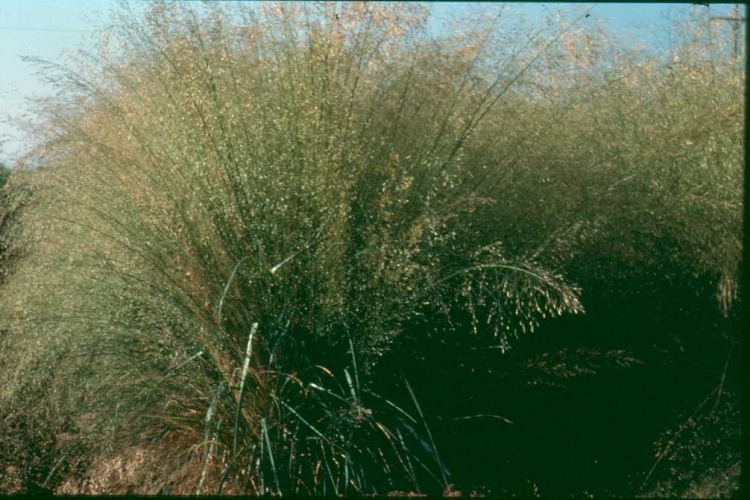
Native to sandy barrens and woodlands from Illinois to Colorado to Texas.
- Grows to 4 feet (1.2m) tall and blooms in July to early August.
Koeleria macrantha (June grass)
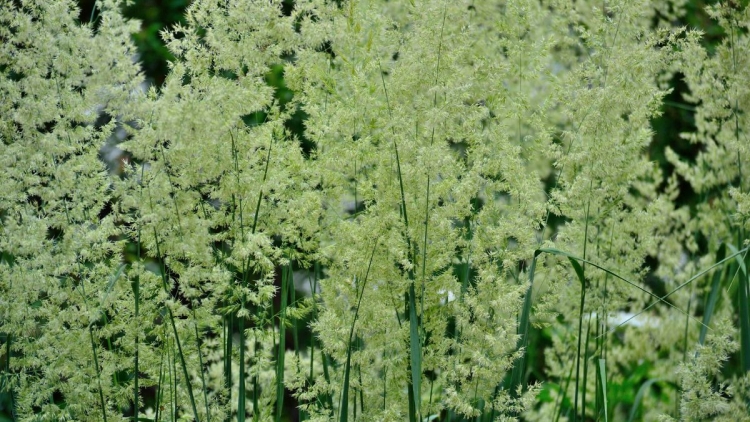
Native to prairies and open woods over much of the United States.
- Grow to 2 feet (60 cm)tall
- Plants of the northern prairie province are hardy to Zone 4.
- Easily grown in sun on well drained soil.
- Drought tolerant
- Hardy to Zone 5
Hesperostis spartea (Porcupine grass)
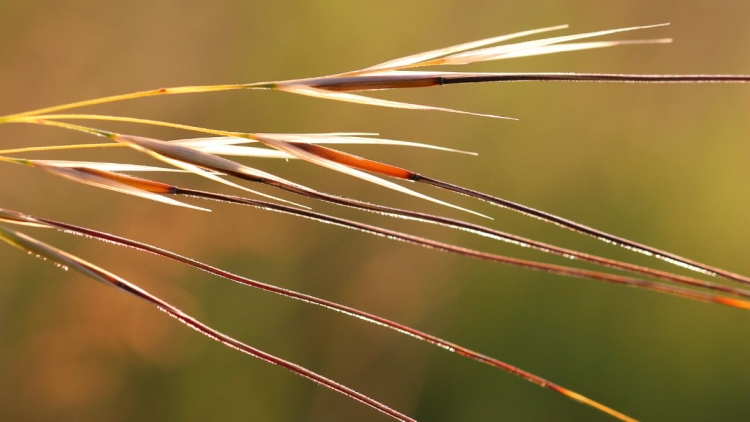
Native to open hillsides and prairies of Central America.
- Clump-forming, upright grower that grows to 3 feet (1 m) tall
- Remarkable for its threadlike awns that seem to be translucent as they shimmer and sparkle in the sun and breeze.
- Full sun in most average soils with average moisture.
- Hardy to Zone 3.
Lymus cinereus (Gray wild rye, basin wild rye)
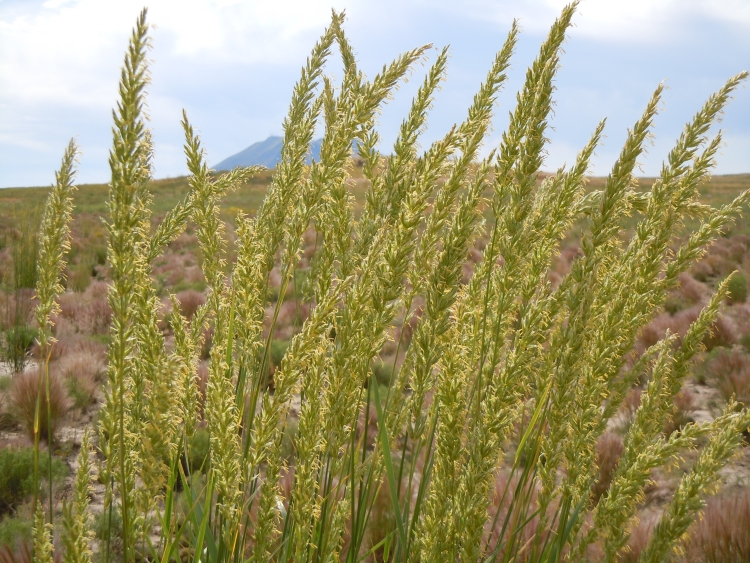
A native to meadows, canyons and sage scrub of the northwestern plains of the United States and Canada.
- A gray-green foliage that grows 6 to 8 feet (2 -2.4 m) tall.
- To large for small or mid-sized gardens, it is best in large drifts or sweeps in meadows or clearings.
- Prefers full sun and cool summer night temperatures.
- Another outstanding plant for wildlife in the Prairies and Great Plains.
- Hardy to Zone 7.
Muhlenbergia capillaris (Pink muhly)
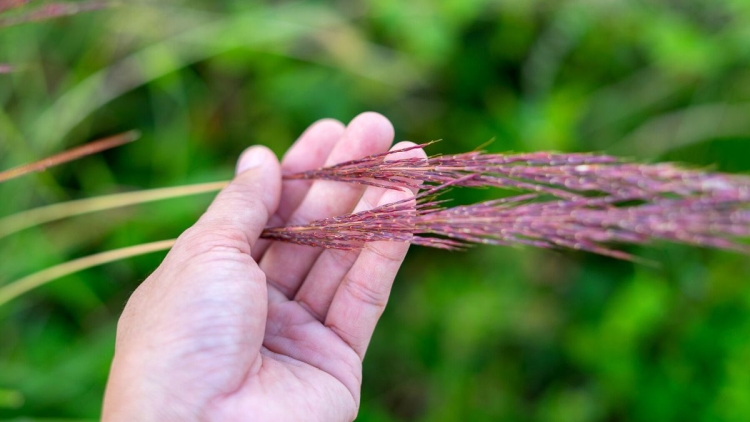
This beauty of the Northeast and lower Great Lakes states has no peer. Though this species only covers a small portion of the region, it is worth mentioning.
- Native mostly on sandy or rocky soils, prairies and pine barrens from Massachusetts, to Indiana and Kansas, south to Florida and Texas.
- The most highly ornamental of all the Muhlys, with dark green foliage topped by delicate flower panicles in vibrant pink to pink-red. Blooms in late summer to mid autumn.
- Effective as a single plant but especially dramatic in groups and sweeps.
- Grows to 3 feet (1 m) tall.
- Drought tolerant and needs full sun.
- Hardy to zone 6, possibly zone 5.
Muhlenbergia reverchonii (Seep muhly)
Native to limestone soils and seeps in Texas and Oklahoma.
- A clump forming densely tufted native that blooms from August through October.
- Grows to 2.5 feet (80 cm) tall.
- Effective as a single plant but especially dramatic in groups and sweeps.
- Grows to 3 feet (1 m) tall.
- Drought tolerant and needs full sun.
- Hardy to Zone 6, possibly Zone 5.
Panicum virgatum (Common switchgrass)
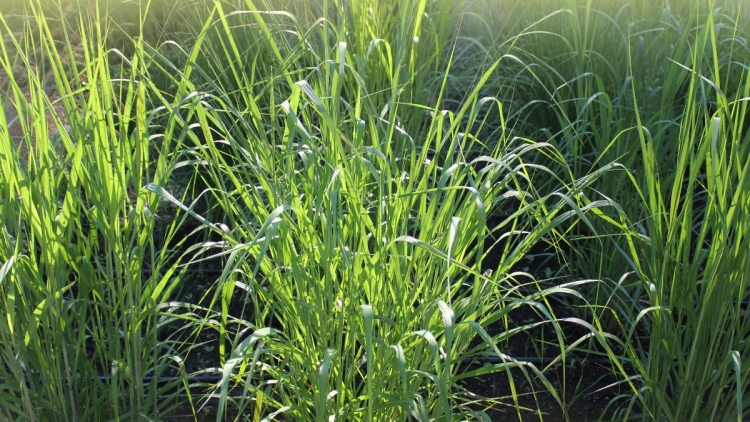
Native to Prairies, Great Plains and open fields from eastern Canada through most of the United States except the west coast. With Panicums, you can’t go wrong and there is a size just right for your garden. Panicums are very drought tolerant, erect (even in the winter if the snow isn’t to deep), produces seed for birds and wildlife. Various cultivars (and there are many) offer color as well.
- One of the major components of the great American Prairie. diverse in size, growing 4 to 8 feet (1.2-2.4 m)tall. It always forms recognizable clumps.
- Prefers full sun where it grows erect, but will handle partial to light shade where it tends to be more lax.
- Depending on the cultivar, summer foliage can be green , powder-blue and some with streaks of red.
- A warm weather plant with open airy blooms. some are pink or purple with many cultivars being second to none when it comes to ornamental appearance.
- Another must for any wildlife habitat.
- “Dallas Blues” grows to 7 feet and has beautiful purple flower heads.
- “Shenandoah” grows to 4 feet and as the season wears on, the blades turn a bright red to almost purple.
- “Prairie Fire” is very similar but a bit taller.
- “Cloud Nine” is a glaucous blue-green, growing to 8 feet.
- Check for Zone hardiness as it vary from Zone 3 to Zone 6 depending on the cultivar.
Saccharum contortum (Bent-awn plume grass)
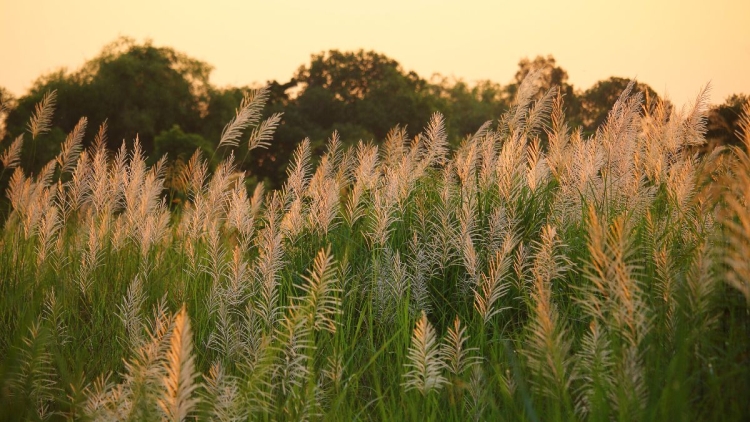
Native to open ground and coastal plains from Tennessee to Oklahoma to Texas.
- Clump forming to 10 feet (3 m) tall. Green in summer turning to orange-red in the autumn
- Best grown in full sun or light shade on moist soils.
- Hardy to Zone 6.
Schizachyrium scoparium (Little bluestem)

Another native to prairies, dry fields and open wood of North America.
- A valuable forage grass, yet attractive in landscapes.
- Grows to 4 feet (1.2 m ) tall. Foliage can vary from bright green to glaucous blue turning to a copper-orange in autumn.
- Blooms in late summer and requires full sun.
- Hardy to zone 3.
Sorghastrum nutans (Indian grass)
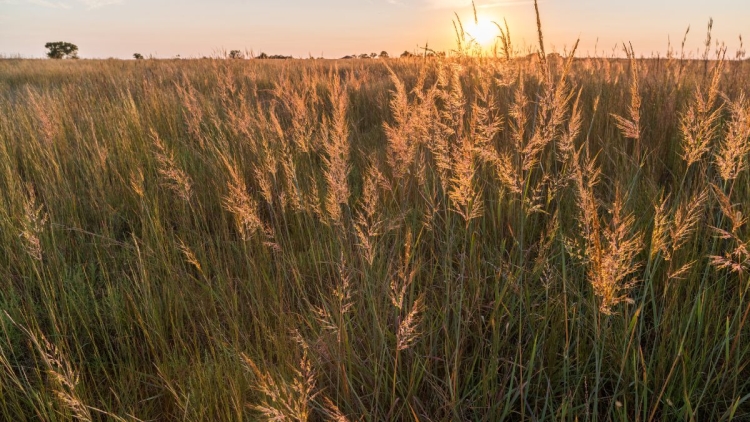
The second most prevalent species in the once vast North American Prairies and Great Plains. A warm weather grower, blooming in late summer. Widely distributed in the prairies on dry slopes and open woods from Quebec, the Great Lakes and the Great Plains of North America.
- North American Indians would weave lodges, baskets and other items from this all important plant.
- Sorghastrum grows to 8+ feet in my Michigan gardens, but is shorter in drier regions.
- Check with your local garden centers and your state for locations that sell native grasses and plants.
- Highly ornamental, as the foliage turns from green or glaucous to fall colors of yellow, orange, copper and red.
- Easy to grow on a wide range of soils.
- Grows best in full sun, drought tolerant, but does best with some moisture.
- As with many natives, Sorghastrum provides food and shelter for native wildlife and makes a spectacular display in large sweeps.
- Hardy to zone 4
Sporobolus airoides (Alkali sacaton, alkali dropseed)

Native to valleys and meadows from South Dakota and Missouri west to Washington and south to Texas.
- Clump forming with gray-green foliage. Clumps tend to be larger in the eastern range
- A loose flowing mound that grows 5 feet (1.5 m) tall in bloom.
- A cool weather grower that blooms in April to July.
- Needs full sun and drought tolerant.
- Hardy to Zone 5.
Once you decide what natives you want to plant in your gardens and habitats, check with your local garden centers and your state for locations that sell native grasses and plants.

